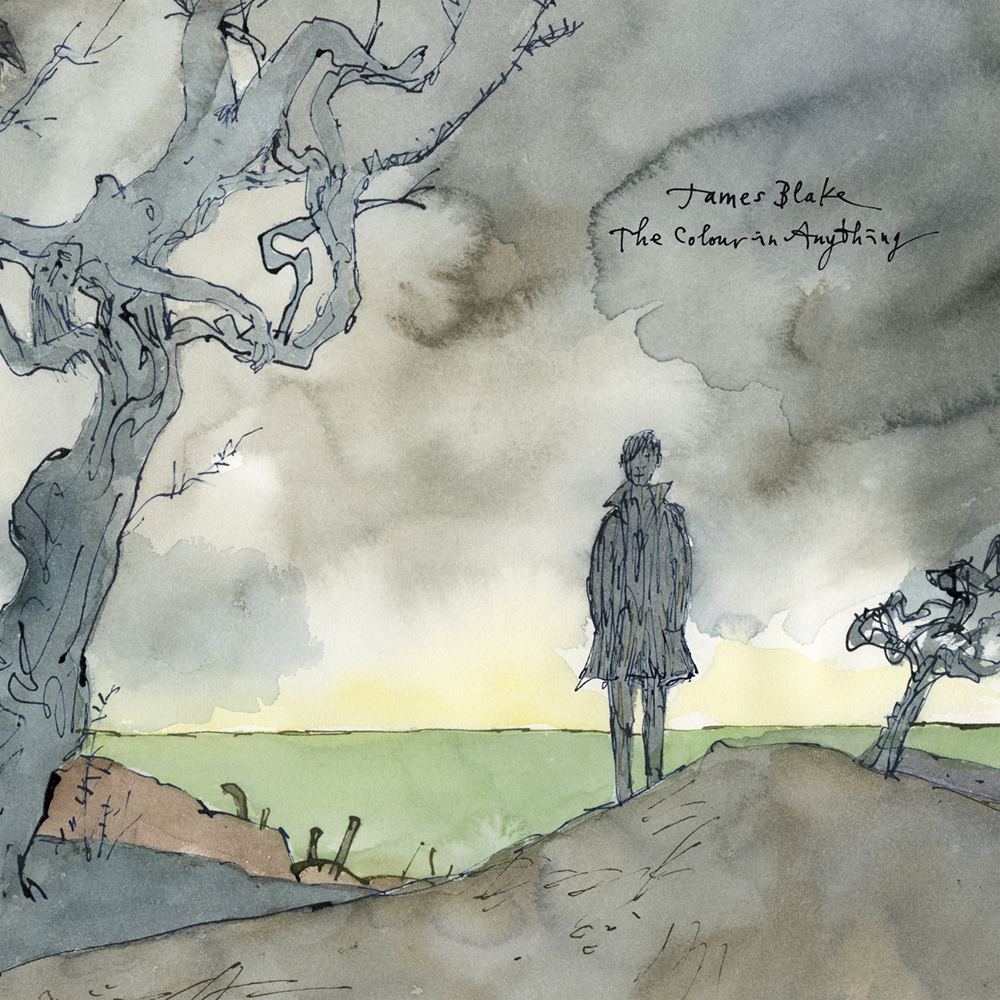After winning the 2013 Mercury Prize for sophomore album Overgrown, it seemed that James Blake just vanished into oblivion. Besides a couple of remixes and a Radio One residency throughout 2014, James Blake seemed to have disseminated, disassembled and disappeared back into the swirling depths of soul electronica consciousness from whence he came. For most of the previous winners of the Mercury Prize (the controversial alternative to the Brit Awards which seeks to annually award the best album the UK and Ireland have to offer) this type of vanishing act is just par for the course; besides your Alt-Js and your PJ Harveys, it’s a 50/50 chance that a Mercury winner will ever commercially resurface. However, come 2016 and it turns out James Blake didn’t vanish – at least not completely. He was just biding his time.
Hot off the heels of unexpectedly collaborating with some the biggest names in popular music (Beyoncé outta nowhere?), James Blake has returned with his third LP The Colour in Anything. After being mentioned briefly at the end of 2014 as a developing project (bearing a different name, mind you), Colour was only really officially announced last month by word of mouth from Blake himself; surreptitiously hinting amidst a rare interview that there was to be a sixteen-minute long track hidden amongst over 15 songs on the standard edition alone.
However, it’s kind of hard to say whether there’s a correlation between longer and better throughout The Colour in Anything. Blake was mostly true to his word – the album is around 76 minutes long and filled with his distinctive style, albeit with a) no 16-minute opus and b) plenty of noticeable influences from his contemporaries. Essentially, it’s hard not to hear Frank Ocean’s production on “My Willing Heart” or Bon Iver’s feature on the throbbing “I Need A Forest Fire”. But it often seems that the individual song lengths just make the album drawl on longer than is really effective. From an economist’s point of view, Blake appears to hit the maximum efficient length of songs at an average of 4 minutes 30 – just long enough to have an adequate build up, yet short enough to keep a listener’s attention – before marginal demising returns to length set in. “I Hope My Life (1-800 Mix)” and “Love Me in Whatever Way” are perfect examples; although fitting in perfectly with the aesthetic of the album, they’re maybe just a bit too long and a bit too sparse to focus on.
This is not to say that the songs on Colour aren’t beautifully emotive, or lacking in enigmatic lyrics. Blake does what he does best, and if anything, uses the length of the album to take his listener on a luscious emotional journey. Overall, the tone of Colour is much more warm and romantic than the introspective Overgrown, with plenty of songs referencing relationships and affection as opposed to Blake’s own experiences as a musician. “f.o.r.e.v.e.r” is a highlight of piano balladry (“I noticed just how slow the killer bee’s wings be/ And how wonderful, how wonderful/ How wonderful you are“); “Two Men Down” is a surreally reflective love song (“Oh what a day I chose for you/ To tell you that I loved you“), whilst album closer “Meet You In the Maze” is devastating in its usage of Imogen Heap-styled vocoder (“Music can be everything/ All those songs have come before you/ They were once awaiting“). Of course, there are some typical Blake pieces which wouldn’t be out of place on Overgrown – “Timeless” and “Radio Silence” to name a couple – however it’s clear that The Colour In Anything is a much more ambitious, romantic and all around beautiful record than its predecessors.
Review by Bridget Rumball

